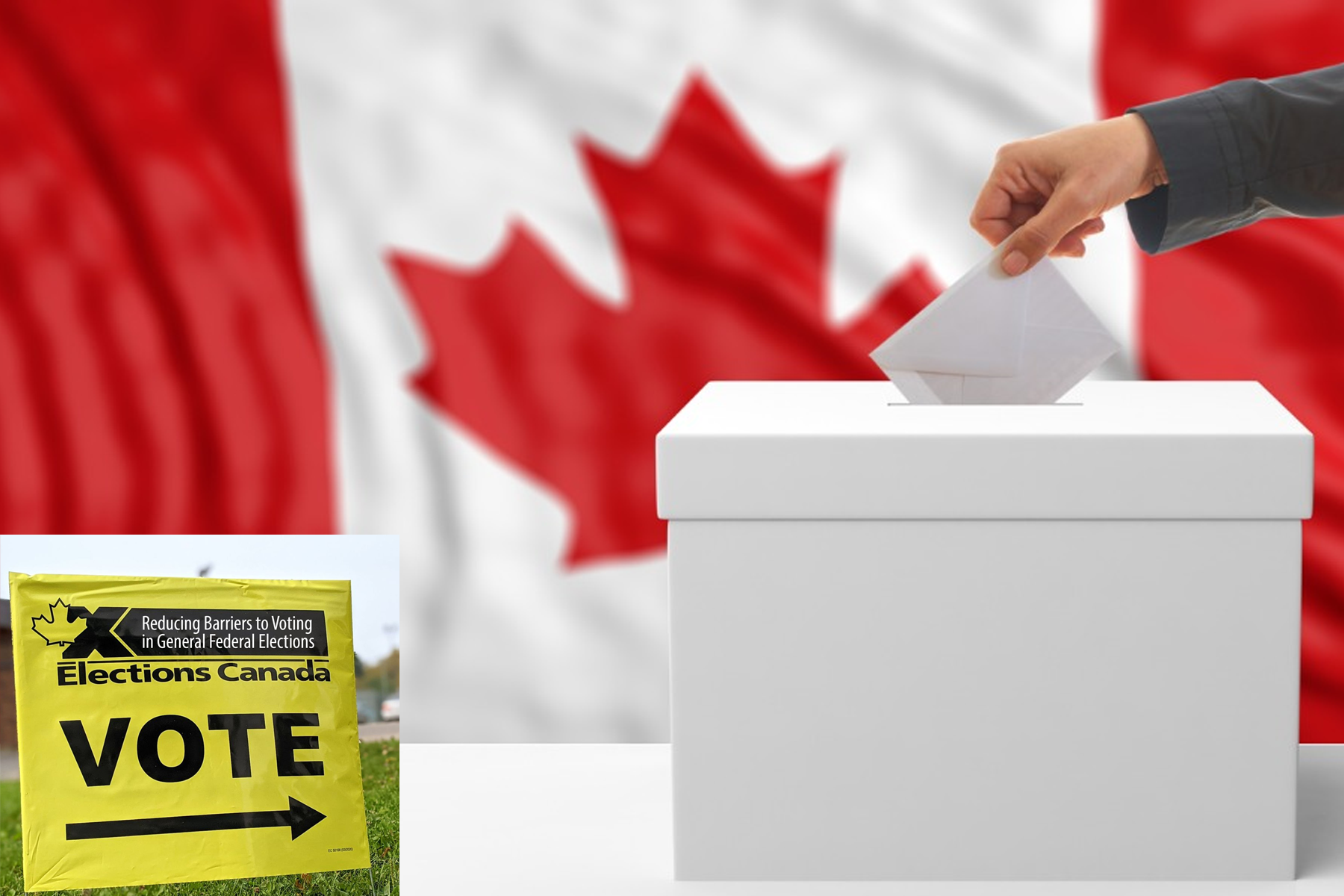As the April election approaches, it’s important to know that the voting process is more than just showing up to the polls on election day.
After Prime Minister Mark Carney announced on March 23 that a snap election would be taking place on April 28, voter resources are becoming widely available as the election draws closer. However, it’s important to note that there are preliminary steps that must be taken before voting to ensure the process runs smoothly.
First, you’ll want to register to vote. You can do so by visiting your local Elections Office, which is at 585 Niagara Street if you are located in St. Catharines.
A quicker option, though, would be to register online. To register online, visit Election Canada’s Online Voter Registration Service.
You can use this webpage for more than voter registration, as it allows you to check the information you have previously registered if you have already undergone the voting process and update your information if you have changed addresses, for example. You can also use it register to vote by mail.
The website includes a questionnaire to determine your voting eligibility and previous registry information, if you have any.
To be eligible to vote, you must satisfy three criteria: you must have status as a Canadian citizen, be at least 18 years old by April 28 — meaning you can still vote early if you will be 17 years old during that period, you just must be 18 years old on election day — and be able to prove your identity and Canadian address through identification documents. You may upload one form of ID issued by the Canadian government to prove this, giving you the option to use your driver’s license, a provincial ID card or any other government-issued card that includes your name, photo and current address.
However, if the above are inaccessible to you, you may upload two forms of ID of your choice from a list outlined by Elections Canada, which includes your health card, your Canadian passport, bank statements and more. To see the full list of acceptable forms of ID, visit the Elections Canada website.
If you, like many students, live in more than one place during the year, Elections Canada says to register using “whichever address you consider as home.” It is important to remember that you will be voting for a candidate in whatever riding you have chosen. Additionally, if you plan to vote on advanced voting days, you must be in your riding to do so, otherwise you must choose another voting option.
If your information is up to date on the National Register of Electors, you should receive a voter information card in the mail by April 11. This card will tell you everything you need to know about your local voting process, your local voting location, the days they offer early voting and the hours they are open on election day.
By law, all eligible voters must have three consecutive hours off work on election day for voting purposes. This means if your work schedule does not align with the hours of your local elections office on April 28, you have three consecutive hours protected by law to dedicate to voting while the polls are open which employers are compelled to abide by even if that means you arrive late or leave early from work. Under the Canada Elections Act, employers cannot deduct pay or penalize employees in any way for taking time to vote.
However, there are many other voting options if you are unable to vote on April 28 for other reasons. You may vote at any Elections Canada office up to April 22 at 6 p.m. or on April 18, 19, 20 or 21 between 9 a.m. and 9 p.m. at your assigned advanced polling station, which can be found on your voter information card or through Elections Canada’s Voter Information Service webpage.
You can also vote by mail. To do so, you must apply to receive a vote-by-mail kit before April 22 at 6 p.m. You can apply online through the Elections Canada website or at your local Elections Canada office by printing off or requesting a special ballot form, filling it out, signing it and returning it to the elections office, whether that be in person, by mail or by fax.
Once you cast your ballot by mail, you cannot change your mind and vote during in-person voting days.
For more information about voting in the upcoming federal election, visit the Elections Canada website.

